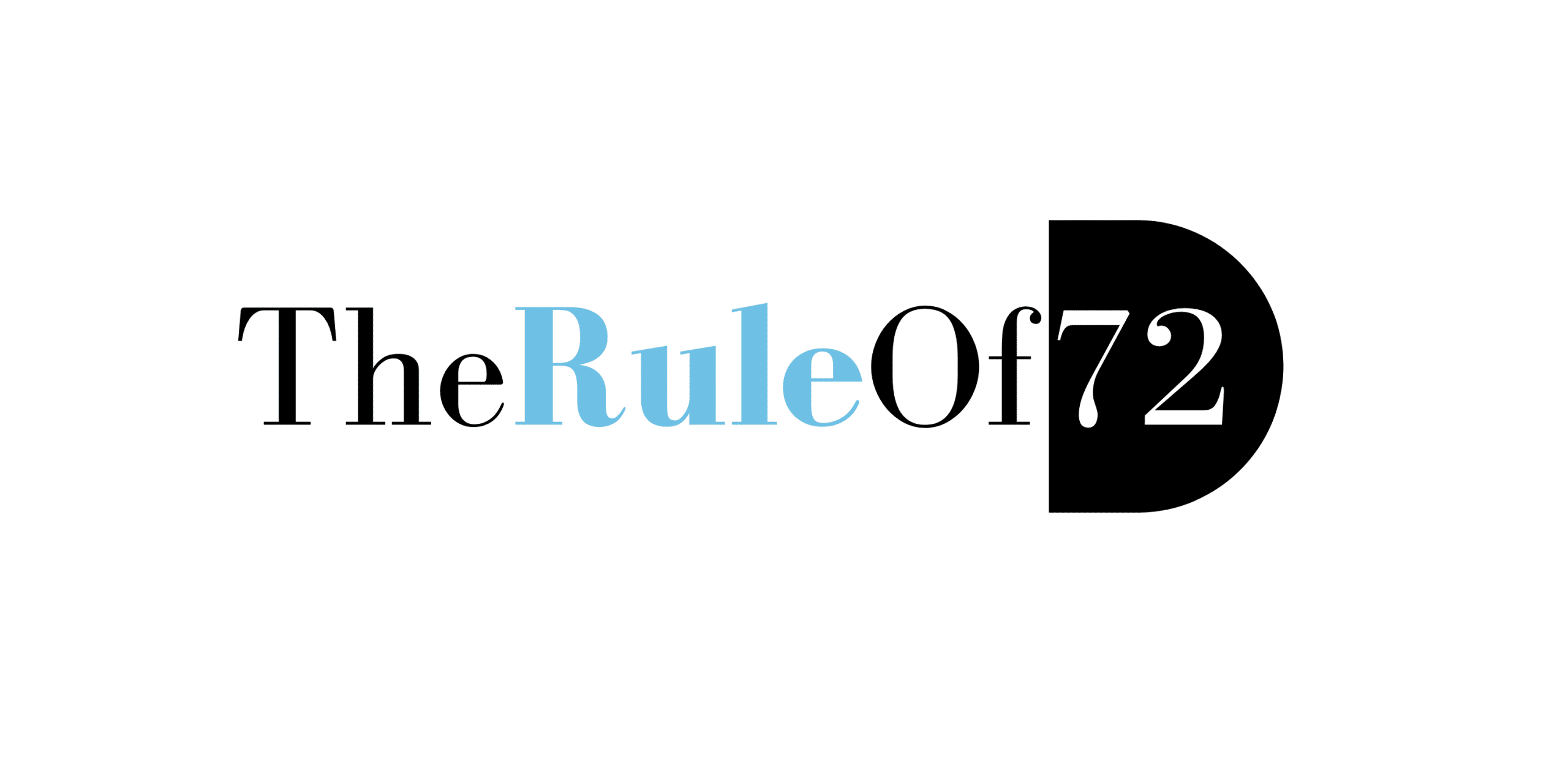Evaluating Employer-Provided Life Insurance: Is It Enough?

Employee benefits are a crucial aspect of job satisfaction and overall well-being, with health insurance and retirement plans often taking center stage. However, one benefit that is sometimes overlooked is employer-provided life insurance. Many companies include life insurance as part of their benefits package, offering financial protection for employees and their families in case of an untimely demise. In this blog post, we will delve into the realm of employer-provided life insurance, examining its benefits, limitations, and the critical question: Is it enough?
Understanding Employer-Provided Life Insurance:
Employer-provided life insurance is a common component of employee benefit packages, typically offered as a group term life insurance policy. This means that a single policy covers all eligible employees, providing a base level of coverage without the need for individual underwriting. The simplicity and convenience of this approach make it an attractive option for employers seeking to enhance their benefits package.
Benefits of Employer-Provided Life Insurance:
1. Cost-Effective Coverage: One of the primary advantages of employer-provided life insurance is its cost-effectiveness. Group policies often allow for lower premiums per participant compared to individual policies, as the risk is spread across a larger pool of individuals. This makes life insurance accessible to employees who might find individual coverage cost-prohibitive.
2. No Medical Underwriting: Unlike individual life insurance policies that may require a medical examination and underwriting process, employer-provided life insurance typically comes without such hurdles. This means that employees with pre-existing health conditions can still access coverage, providing a level playing field for all members of the workforce.
3. Automatic Enrollment: In many cases, employees are automatically enrolled in the employer-provided life insurance plan, simplifying the process and ensuring that a baseline level of coverage is in place. This can be particularly beneficial for individuals who might neglect or delay obtaining life insurance on their own.
4. Convenience and Simplicity: Group life insurance is convenient for both employers and employees. Premiums are often deducted directly from employees’ paychecks, reducing administrative burdens for both parties. This simplicity can encourage higher participation rates, ensuring that more employees have some level of life insurance coverage.
Limitations of Employer-Provided Life Insurance:
1. Coverage Limits: While employer-provided life insurance offers a basic level of coverage, it often comes with limits that may not be sufficient for all individuals. These limits are typically expressed as a multiple of an employee’s salary, and in some cases, they may not adequately meet the financial needs of the employee’s beneficiaries in the event of a tragedy.
2. Lack of Portability: One significant drawback is the lack of portability. If an employee leaves the company, the life insurance coverage provided by the employer may cease, leaving the individual without immediate coverage. This can be a critical gap, especially if the employee has developed health conditions during their tenure that may make obtaining new coverage more challenging.
3. Limited Customization: Group life insurance plans often provide a one-size-fits-all approach. Individual employees may have unique financial situations and needs, and the standardized coverage offered by employer-provided plans may not address these individual circumstances. This lack of customization can leave employees and their families vulnerable to gaps in coverage.
4. Tax Implications: Another consideration is the tax implications of employer-provided life insurance. While the death benefit is generally tax-free for the beneficiaries, the coverage amount exceeding $50,000 may be subject to imputed income, potentially increasing the employee’s taxable income.
Evaluating Your Life Insurance Needs:
Given the benefits and limitations of employer-provided life insurance, employees must evaluate whether the coverage offered by their employer is sufficient for their individual needs. Here are some key considerations:
1. Assess Your Financial Obligations: Start by evaluating your financial obligations, including outstanding debts, mortgage, education expenses, and ongoing living costs. The goal is to ensure that the life insurance coverage is adequate to support your family and cover these expenses in your absence.
2. Consider Your Dependents: The number and financial dependency of your dependents play a crucial role in determining the necessary coverage. If you have young children or dependents with special needs, you may require a higher coverage amount to provide long-term financial support.
3. Evaluate Additional Coverage: If the employer-provided life insurance coverage is insufficient, consider supplementing it with an individual life insurance policy. This can provide the customization and flexibility needed to address your unique financial situation.
4. Factor in Future Changes: Anticipate future life changes such as marriage, the birth of children, or significant increases in income. These changes can impact your life insurance needs, and it’s essential to ensure that your coverage remains aligned with your evolving circumstances.
5. Review Policy Terms and Conditions: Take the time to carefully review the terms and conditions of your employer-provided life insurance policy. Understand the coverage limits, exclusions, and any restrictions that may apply. If there are concerns or uncertainties, seek clarification from your employer’s benefits department.
Conclusion:
In conclusion, employer-provided life insurance is a valuable benefit that can provide financial security for employees and their families. However, it’s essential to recognize its limitations and assess whether the coverage is sufficient for your individual needs. By evaluating your financial obligations, considering your dependents, and factoring in future changes, you can make an informed decision about whether additional life insurance coverage is necessary. Remember that life insurance is a crucial component of a comprehensive financial plan, and ensuring that you have the right amount of coverage is a proactive step toward securing your family’s future.





